Green grass serves as more than just an aesthetic feature in residential and commercial landscapes; it plays a crucial role in environmental health and personal well-being. A lush, green lawn acts as a natural air purifier, absorbing carbon dioxide and releasing oxygen, which is vital for maintaining a balanced ecosystem. Grass also helps to reduce soil erosion by stabilizing the ground with its root systems, preventing runoff during heavy rains.
This is particularly important in urban areas where impervious surfaces dominate, leading to increased flooding and water pollution. Furthermore, grass can filter pollutants from rainwater, improving the quality of water that eventually reaches local waterways. Beyond its environmental benefits, green grass contributes significantly to human health and social interaction.
Studies have shown that green spaces can reduce stress, promote physical activity, and enhance overall mental well-being. Lawns provide a space for recreational activities, family gatherings, and community events, fostering social connections among neighbors.
Thus, investing time and resources into cultivating a healthy lawn can yield both ecological and economic benefits.
Key Takeaways
- Green grass is important for creating a visually appealing and healthy outdoor space.
- Choose the right grass type based on your climate, soil type, and maintenance preferences.
- Proper lawn care techniques include regular mowing, watering, and aerating to maintain a lush and healthy lawn.
- Watering and fertilizing play a crucial role in maintaining the health and vibrancy of your lawn.
- Common lawn issues such as weeds, pests, and diseases can be managed through proper maintenance and timely intervention.
Choosing the Right Grass Type
Climate Considerations
Cool-season grasses like Kentucky bluegrass and fescue are ideal for northern regions with moderate temperatures. These grasses flourish during the spring and fall when temperatures are cooler, providing a vibrant green lawn during these seasons. On the other hand, warm-season grasses like Bermuda and zoysia are better suited for southern climates, where they thrive in the heat of summer and enter dormancy during colder months.
Intended Use and Traffic
When choosing a grass type, it’s essential to consider not only the climate but also the intended use of the lawn. For high-traffic areas such as playgrounds or sports fields, durable varieties like tall fescue or perennial ryegrass may be more appropriate due to their resilience and ability to recover quickly from wear.
Additional Factors to Consider
Additionally, factors such as shade tolerance and drought resistance should be evaluated based on the specific conditions of the lawn area. By carefully selecting the right grass type, homeowners can ensure a lush, healthy lawn that meets their aesthetic preferences and functional requirements.
Proper Lawn Care Techniques
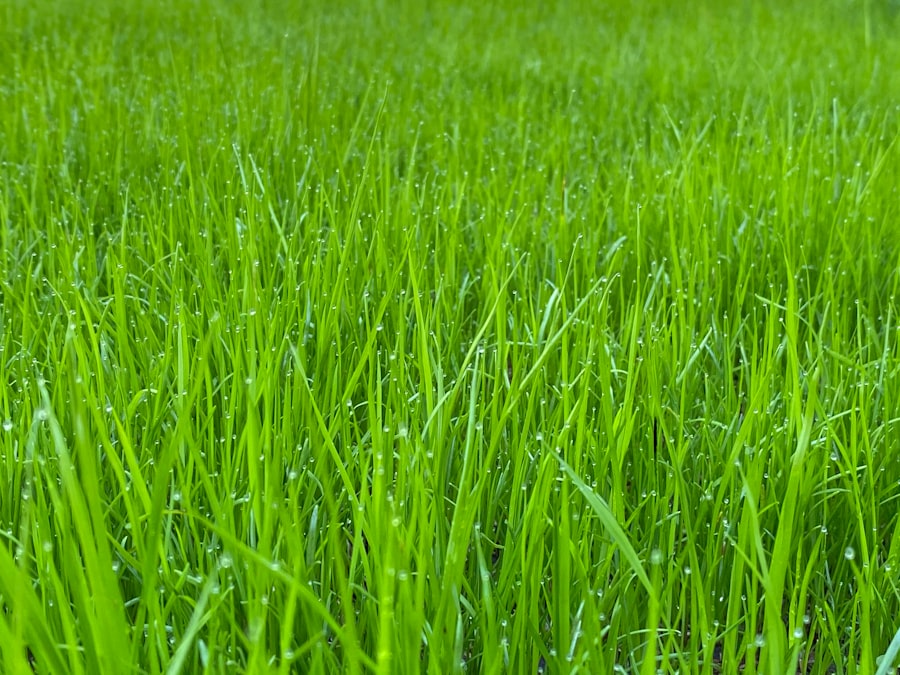
Establishing a healthy lawn requires consistent care and attention to detail. One of the foundational aspects of lawn care is soil preparation. Before planting grass seeds or laying sod, it is crucial to test the soil pH and nutrient levels.
This information can guide amendments that may be necessary to create an optimal growing environment. For instance, if the soil is too acidic, lime can be added to raise the pH level, while organic matter such as compost can improve soil structure and fertility. Once the grass is established, regular maintenance practices become essential for sustaining its health.
This includes practices such as aeration, which involves perforating the soil with holes to allow air, water, and nutrients to penetrate deeper into the root zone. Aeration is particularly beneficial for compacted soils or lawns that experience heavy foot traffic. Additionally, overseeding can help fill in bare patches and improve the overall density of the lawn.
By incorporating these techniques into a regular maintenance routine, homeowners can promote vigorous growth and a lush appearance.
The Role of Watering and Fertilizing
| Factors | Watering | Fertilizing |
|---|---|---|
| Frequency | Regularly, as needed | Depends on plant type and fertilizer instructions |
| Amount | Varies based on plant and weather | Follow recommended dosage |
| Timing | Best in the morning or evening | Usually in the growing season |
| Impact | Essential for plant hydration and nutrient uptake | Provides essential nutrients for growth |
Watering is a critical component of lawn care that directly impacts grass health and growth. The general rule of thumb is to provide about one inch of water per week, either through rainfall or irrigation. However, this can vary based on factors such as grass type, soil composition, and local climate conditions.
Deep watering encourages roots to grow deeper into the soil, making the grass more drought-resistant. It is advisable to water early in the morning when evaporation rates are lower, allowing moisture to penetrate the soil effectively. Fertilizing complements watering by supplying essential nutrients that support healthy growth.
Grass requires nitrogen for leaf development, phosphorus for root growth, and potassium for overall health and disease resistance. A balanced fertilizer that contains these macronutrients can be applied during the growing season to promote lush growth. However, it is important to follow recommended application rates to avoid over-fertilization, which can lead to nutrient runoff and environmental harm.
Additionally, organic fertilizers can be an excellent alternative for those seeking sustainable options that improve soil health over time.
Dealing with Common Lawn Issues
Even with diligent care, lawns can encounter various issues that may hinder their health and appearance. One common problem is the invasion of weeds, which compete with grass for nutrients and water. Identifying the type of weeds present is crucial for effective management; some may require targeted herbicides while others can be controlled through cultural practices such as proper mowing height or overseeding.
Maintaining a dense lawn through regular fertilization and watering can also help prevent weed establishment by creating an environment less conducive to their growth. Pests and diseases pose additional challenges for lawn care enthusiasts. Insects such as grubs or chinch bugs can damage grass roots, leading to brown patches or thinning areas in the lawn.
Integrated pest management (IPM) strategies can be employed to monitor pest populations and apply treatments only when necessary. Similarly, fungal diseases like brown patch or dollar spot can affect grass health during humid conditions. Proper cultural practices such as ensuring adequate air circulation through mowing at the correct height and avoiding excessive watering can mitigate these issues.
Mowing and Trimming Tips
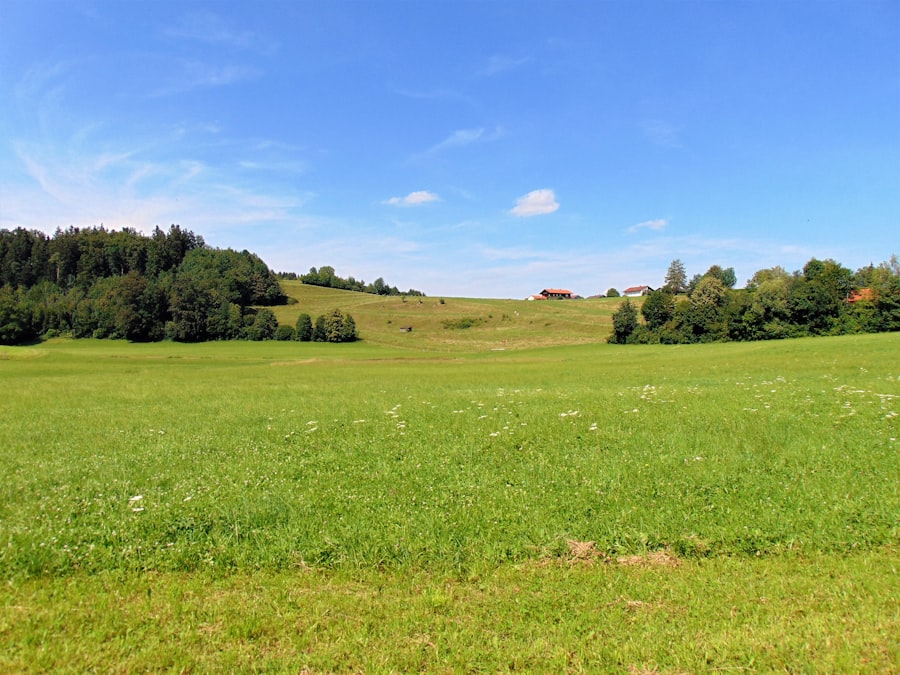
Optimal Mowing Height
The recommended mowing height varies depending on the type of grass. Cool-season grasses should be maintained at a height of 2.5 to 4 inches, while warm-season grasses should be kept at 1 to 3 inches.
Mowing Frequency and Considerations
Mowing too short can stress the grass, making it more susceptible to pests and diseases, while allowing it to grow too long can lead to shading out lower leaves and promoting weed growth. The frequency of mowing should be adjusted based on growth rates influenced by weather conditions and seasonal changes. During periods of rapid growth, more frequent mowing may be necessary, while slower growth periods may require less frequent mowing.
Additional Tips for Healthy Mowing
It is essential to keep mower blades sharp, as dull blades can tear grass, leading to ragged edges that can become entry points for diseases. Trimming edges around sidewalks and flower beds not only enhances the overall appearance of the lawn but also prevents grass from encroaching into unwanted areas.
Creating a Sustainable Lawn
Sustainability in lawn care has gained prominence as environmental concerns have become more pressing. Homeowners are increasingly seeking ways to create lawns that require fewer resources while still providing beauty and functionality. One effective approach is implementing xeriscaping principles by selecting drought-resistant grass varieties or incorporating native plants that require less water once established.
This not only conserves water but also supports local wildlife by providing habitats for pollinators. Another sustainable practice involves reducing chemical inputs by utilizing organic fertilizers and natural pest control methods. Composting yard waste can create nutrient-rich soil amendments that enhance soil health without relying on synthetic products.
Additionally, adopting practices such as mulching grass clippings back into the lawn can return valuable nutrients to the soil while reducing waste sent to landfills. By embracing these sustainable techniques, homeowners can cultivate lawns that are not only beautiful but also environmentally responsible.
Enhancing Your Lawn with Landscaping Features
Incorporating landscaping features into a lawn can elevate its visual appeal while providing functional benefits. Flower beds, shrubs, trees, and decorative stones can create focal points that enhance the overall landscape design. For instance, planting native flowers alongside a lawn not only adds color but also attracts beneficial insects like bees and butterflies that contribute to pollination efforts.
Moreover, hardscaping elements such as pathways or patios can define spaces within a yard while reducing maintenance requirements in certain areas. These features can help manage water runoff by directing it away from grassy areas prone to erosion or compaction. Incorporating raised garden beds or vertical gardens can also maximize space while providing opportunities for growing vegetables or herbs close at hand.
If you are interested in exploring the interplay of moral rights, duties, and virtue in social ethics, you may want to check out the article Exploring the Interplay of Moral Rights, Duties, and Virtue in Social Ethics. This article delves into the complexities of ethical decision-making and the importance of considering moral principles in social interactions. Additionally, if you are intrigued by philosophical analysis, you may also enjoy reading The Analytic Turn of Philosophy: G.E. Moore’s Impact or The Quadratic Family in Dynamical Systems for further intellectual stimulation.
FAQs
What is grass clipart?
Grass clipart refers to digital images or illustrations of grass that can be used for various purposes such as graphic design, presentations, and educational materials.
Where can I find grass clipart?
Grass clipart can be found on various websites that offer free or paid clipart collections. These websites may include stock image platforms, graphic design resources, and clipart specific websites.
How can I use grass clipart?
Grass clipart can be used for a variety of purposes including but not limited to: adding visual elements to presentations, creating digital artwork, enhancing educational materials, and designing marketing materials.
Are there different styles of grass clipart available?
Yes, there are various styles of grass clipart available, ranging from realistic illustrations to more stylized and cartoon-like representations of grass.
Can I customize grass clipart to fit my specific needs?
Depending on the source and licensing of the grass clipart, it may be possible to customize the images to fit your specific needs. Some clipart may be available in editable formats, while others may be used as-is. Always check the licensing terms before making any modifications.
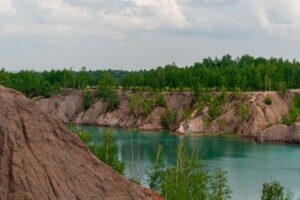









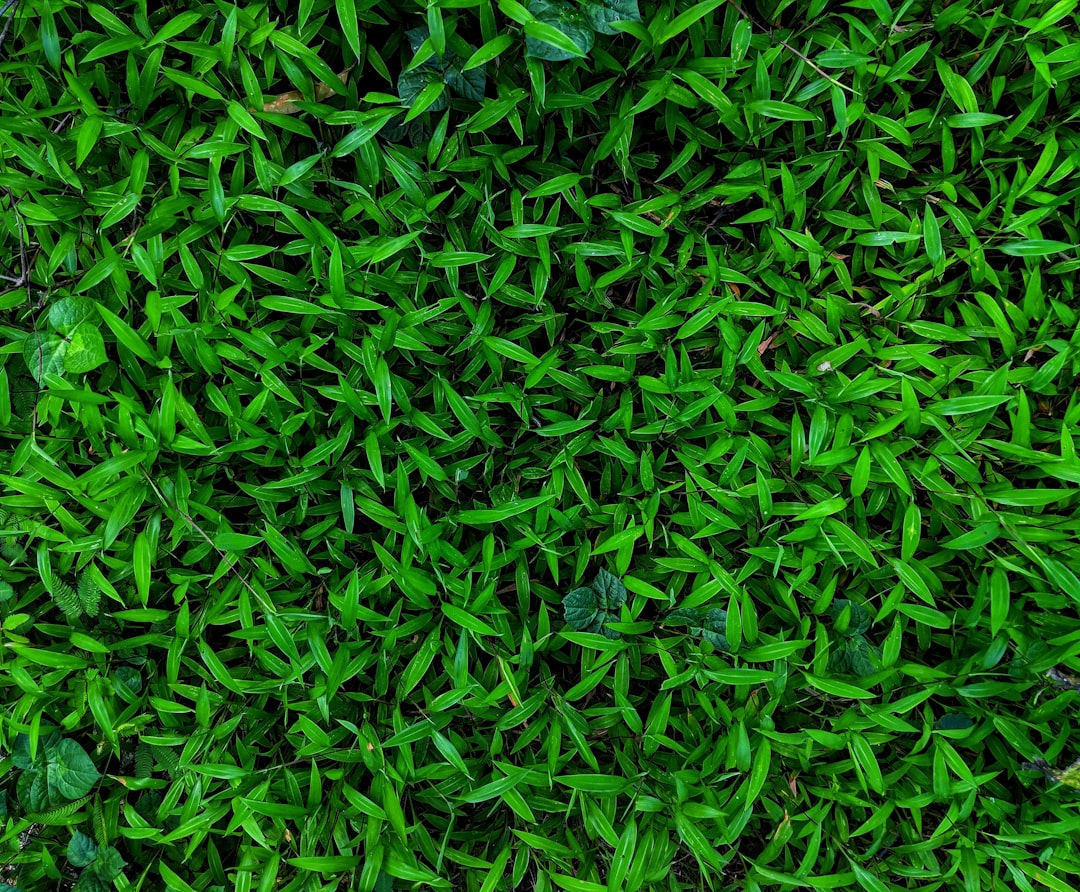
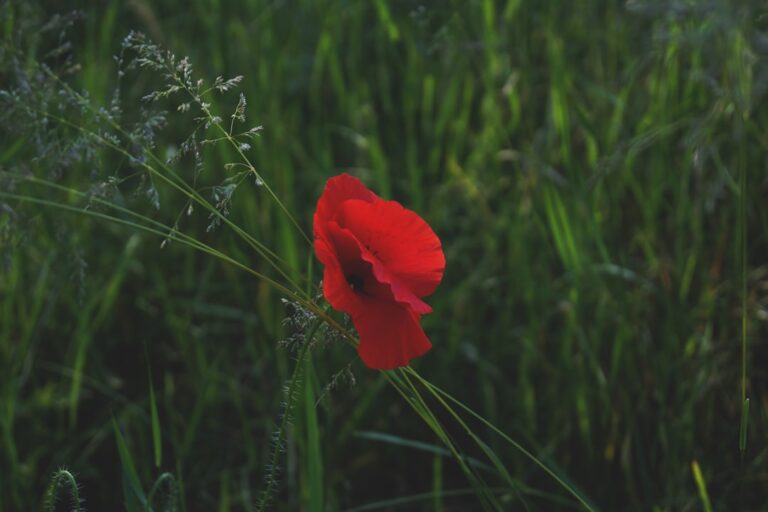

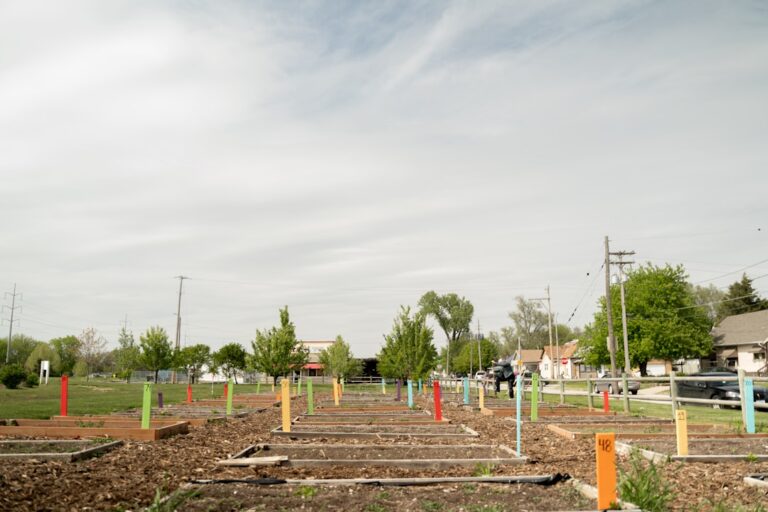




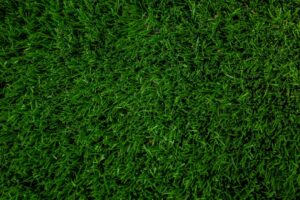





+ There are no comments
Add yours